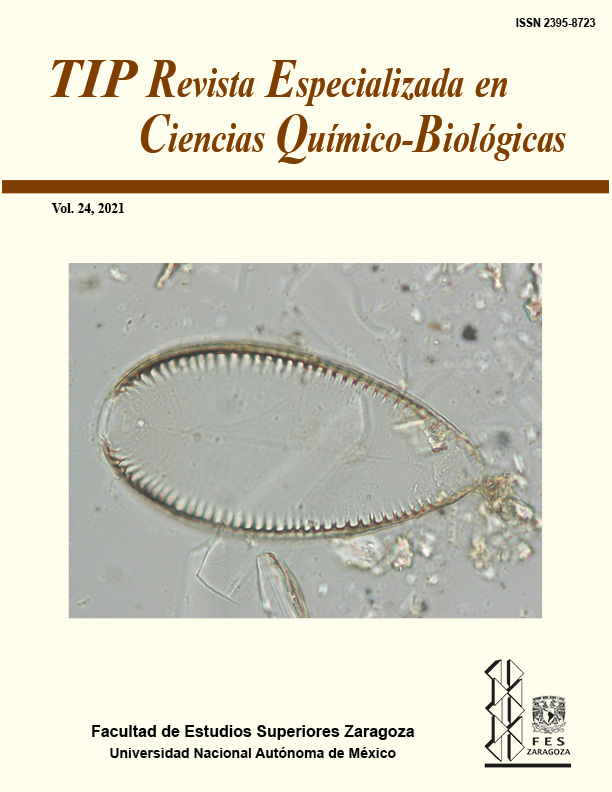Abstract
In order to know the behavior of three cultivars of snap bean, under a temperate to dry transitional climate and during the winter-spring growing cycle, Strike, Valentino and Sapporo genotypes of determined growth were sown in Tepanco de López, Puebla at a density of 12.5 plants m-2, with a fertilization of 150-90-60 of NPK. To know the crop-environment relationship, the study of the ecophysiological behavior of the genotypes was carried out, under a randomized block design. The treatments were the snap bean cultivars and the response variables: pod number, yield, pod color and shape, heat units and evapotranspiration. To have a better control of the experiment, the climatological normals, maximum and minimum temperatures and precipitation were monitored during the cultivation cycle, with the help of an automated meteorological station. The results indicate that the maximum evapotranspiration was 166.54 mm, the three cultivars reaching commercial maturity at 1,192 ° C day-1. The highest snap bean yield corresponded to the Strike cultivar, as it was the best adapted to the ecological conditions of the transitional climate. From this study it is concluded that Strike is a recommended genotype for producers in the study area.TIP Magazine Specialized in Chemical-Biological Sciences, distributed under Creative Commons License: Attribution + Noncommercial + NoDerivatives 4.0 International.



